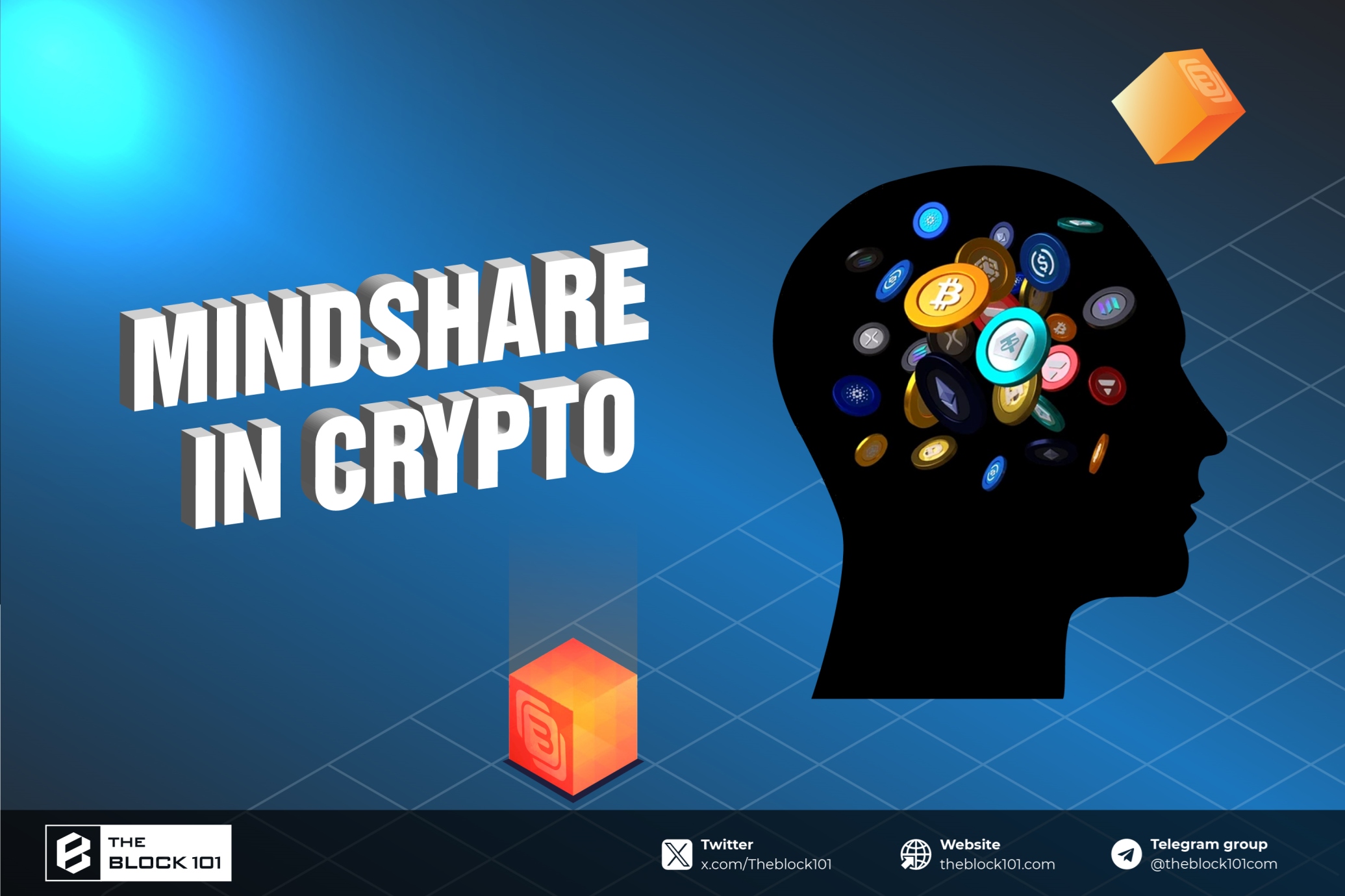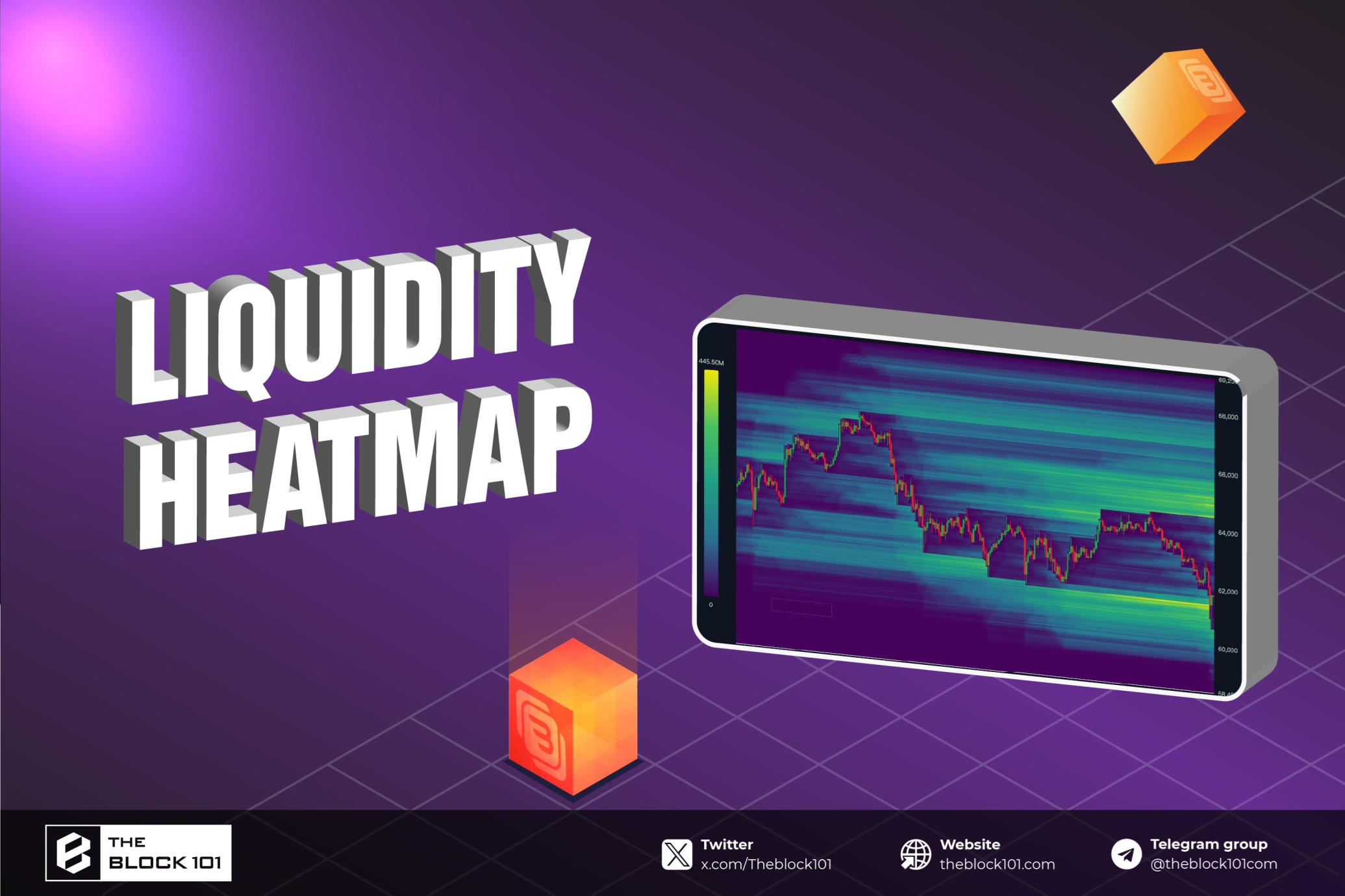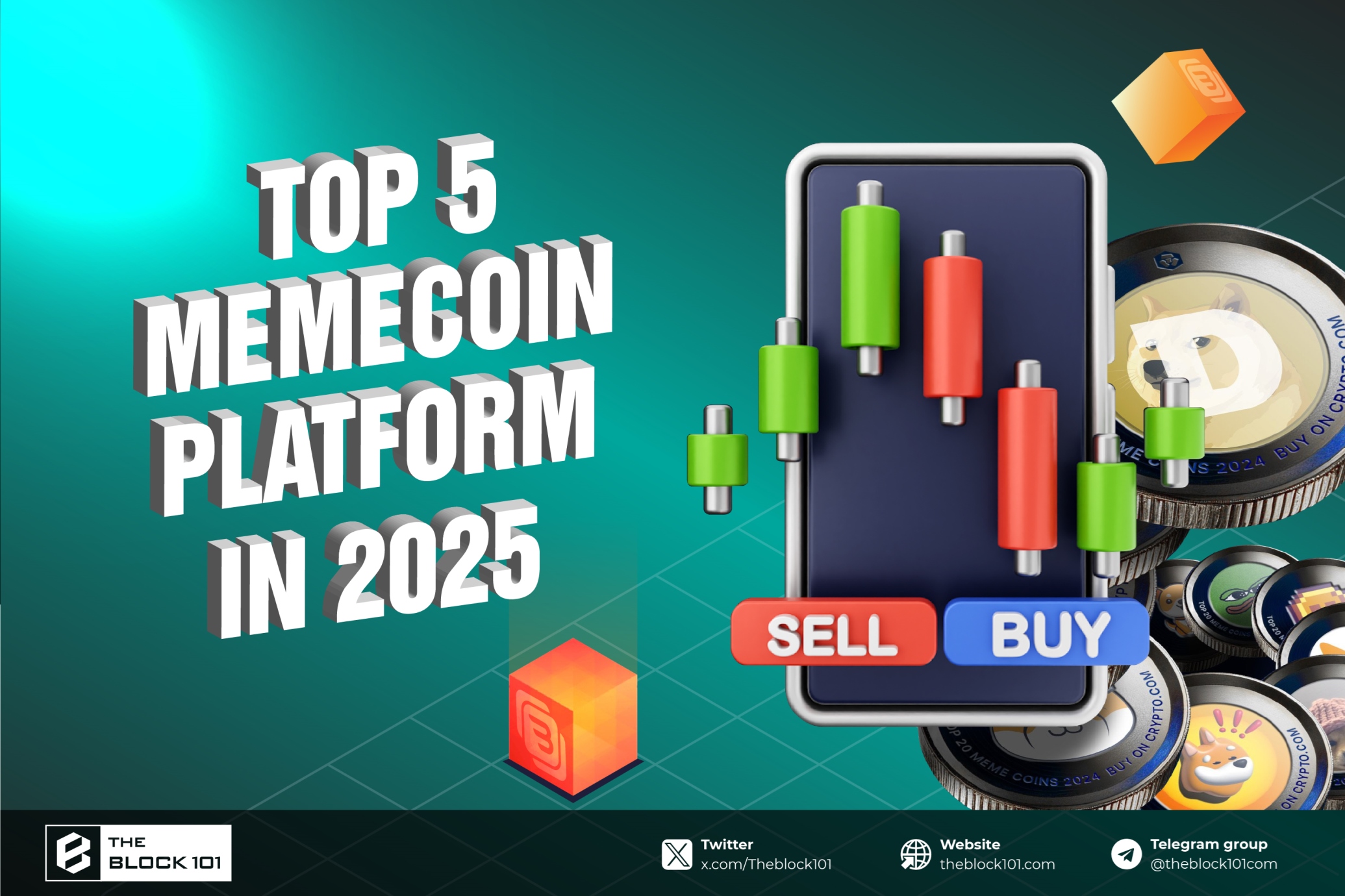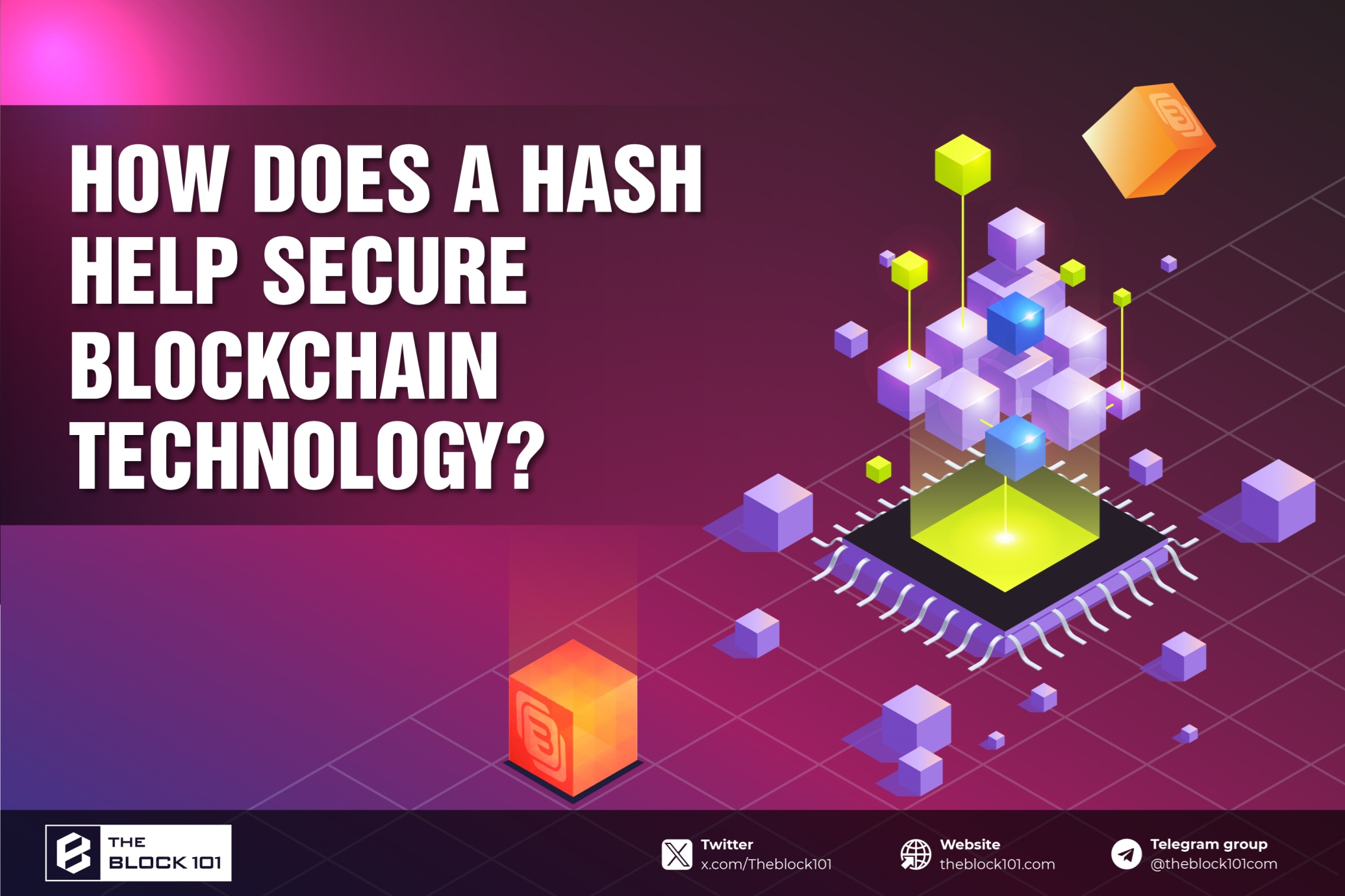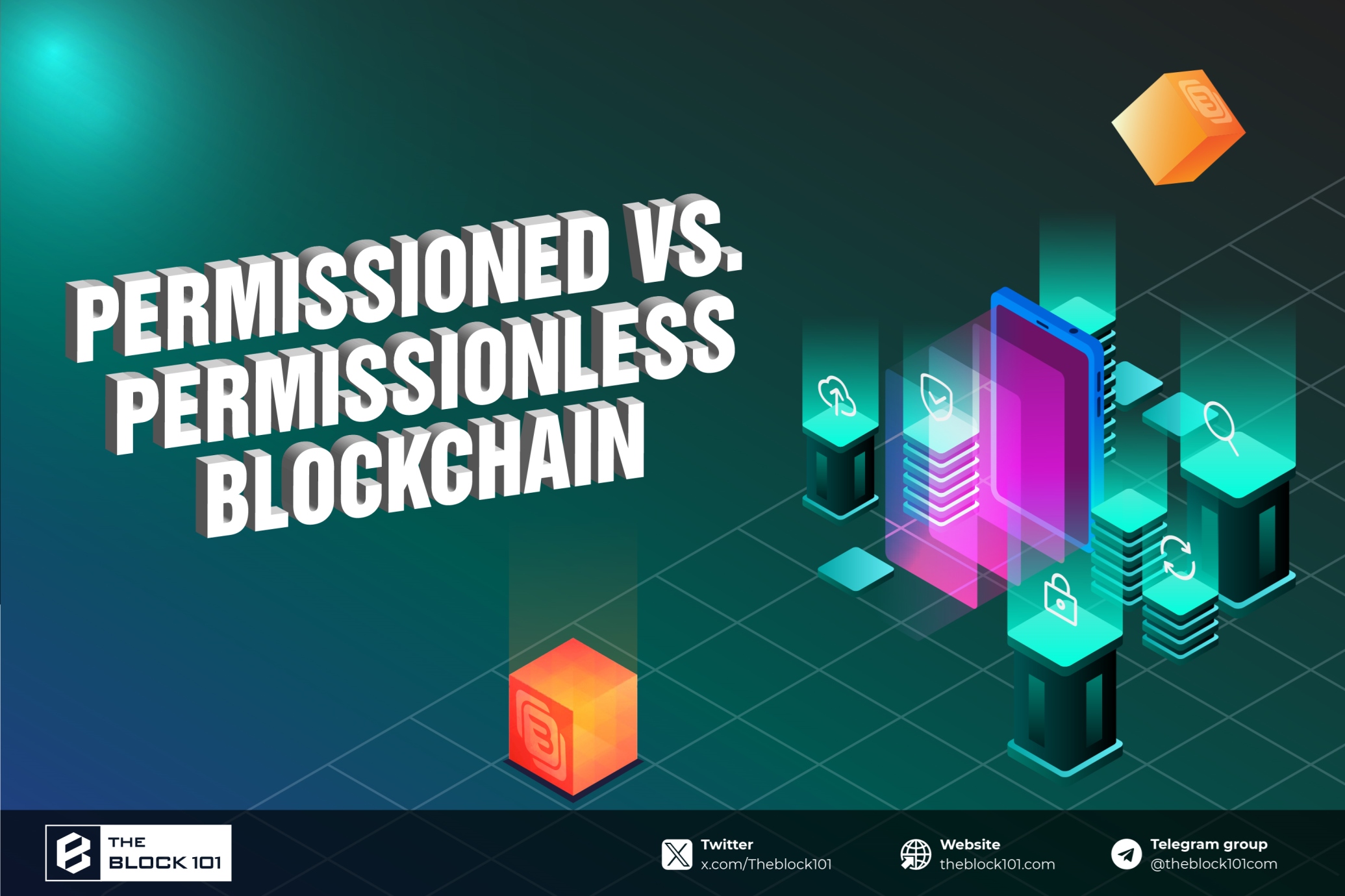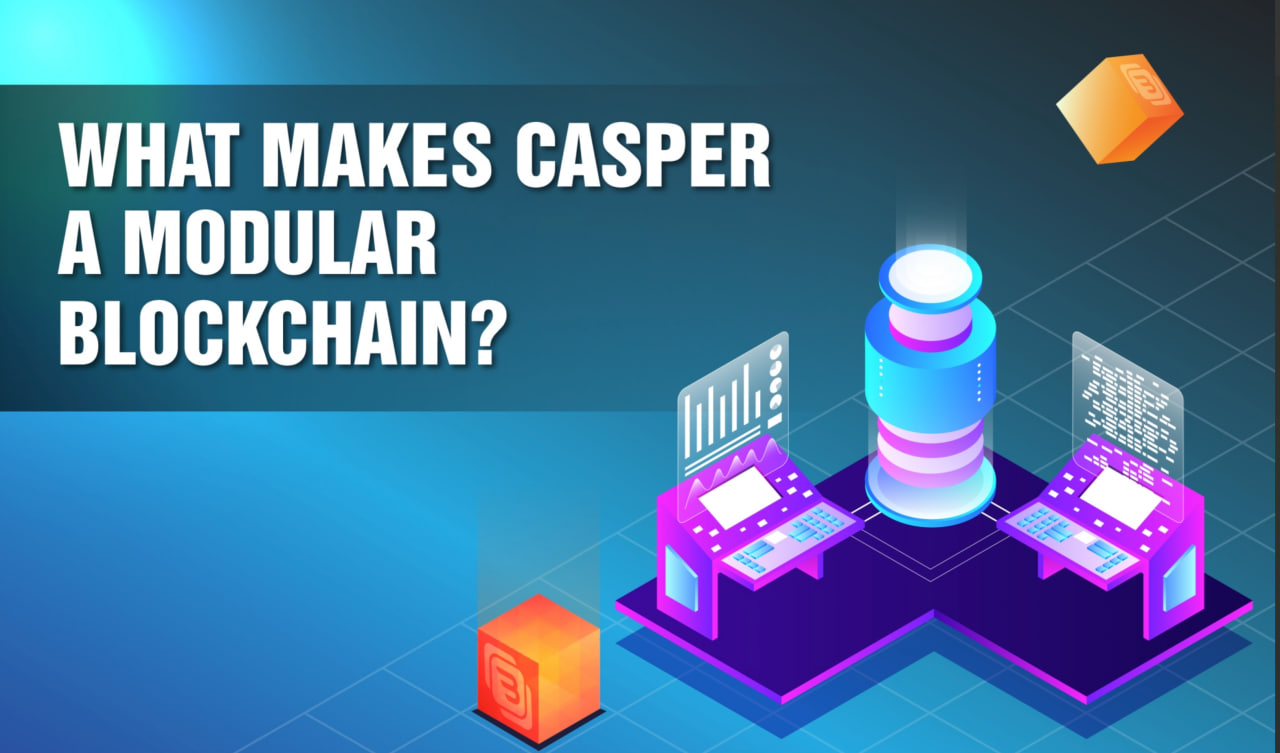1. What is Layer 1 blockchain?
Layer 1 blockchain is the foundation blockchain on which secondary blockchain networks or applications build. Layer 1 is where most important operations in the blockchain occur. It includes the consensus mechanism, programming language, the time each block is created, dispute resolution, and important rules and parameters to keep the blockchain network running.
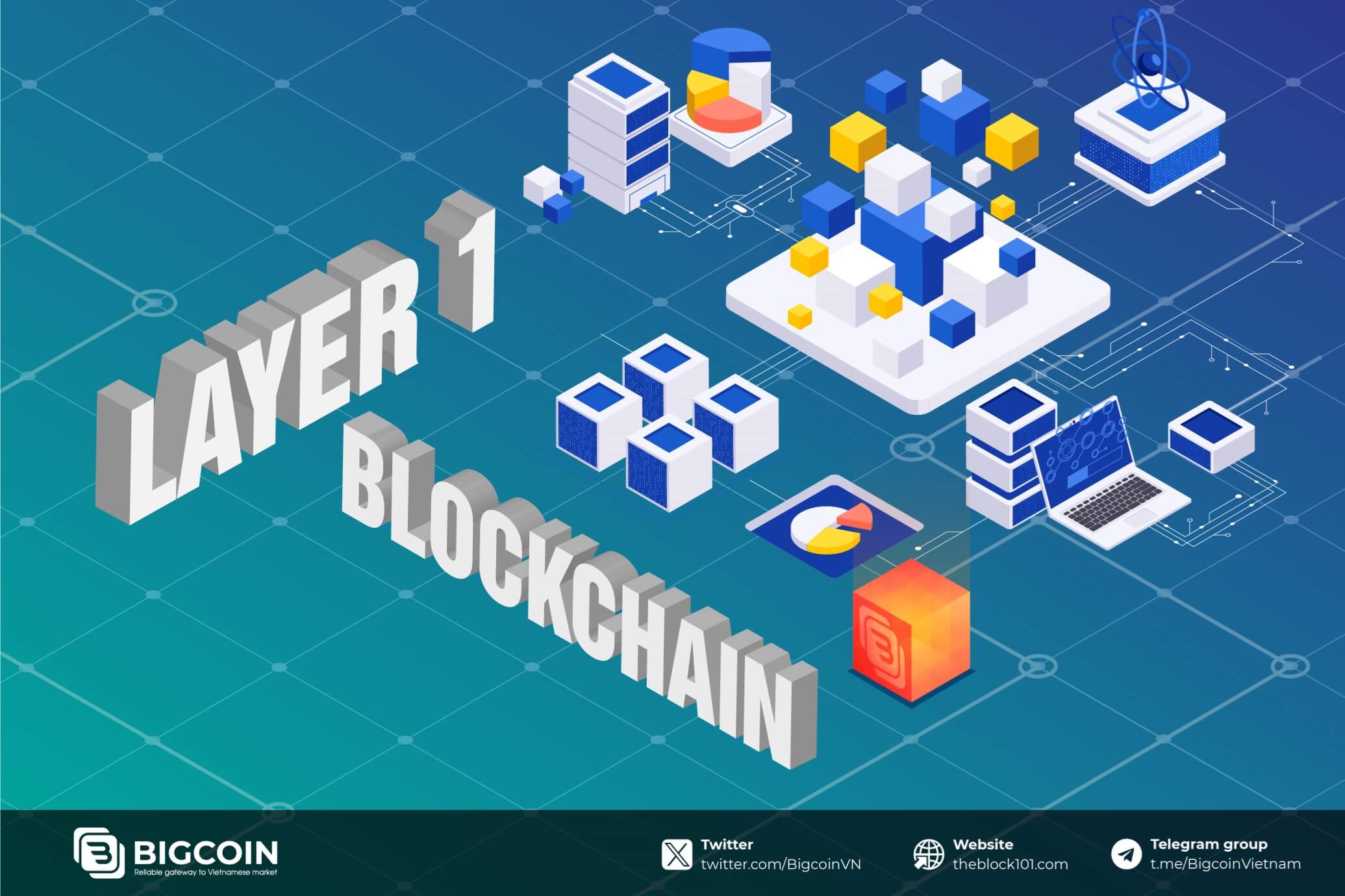
Bitcoin and Ethereum are the two largest Layer 1 blockchains today. Blockchain Layer 1 will determine how the network operates and processes transactions. In the case of Bitcoin, for example, Layer 1 stipulates the rules for verifying transactions, creating new blocks, and establishing the Proof-of-Work consensus mechanism. For Ethereum, Layer 1 provides the environment for deploying smart contracts and executing transactions.
Maybe you don't know: What is Layer blockchain? All about Layer 0, Layer 1, Layer 2 and Layer 3
2. Mechanism of action

2.1. General features
Layer 1 blockchain carries the following basic characteristics:
- A place to store data about transactions that take place on the blockchain network in a safe and decentralized way
- Provides the underlying infrastructure on which secondary blockchains and applications build
- Often slower and more expensive than other Layer 2 networks.
2.2. Components in Layer 1 blockchain
- Block production process: Blockchain is made up of separate "blocks" then linked into "chains". These “blocks” will be created by miners (or validators) and saved on the Layer 1 network. Each “block” contains information about transactions that have been performed in the network. Layer 1 blockchain operates like a public and transparent ledger, recording every transaction that takes place on the blockchain and anyone can follow.
- Finality: Transaction finality is the guarantee that a transaction cannot be changed or undone. This point indicates that a transaction is recorded in an immutable state on-chain, and the time taken to achieve this can vary depending on how the blockchain is designed. Although transactions can be processed on other layers or chains, they can only be finalized on Layer 1.
- Native assets: Each Layer 1 blockchain will have a platform cryptocurrency used to pay transaction fees and rewards to miners and validators, called “coin”. For example, coins such as BTC, ETH, ADA,... will play an important role in the L1 chain. In addition, secondary blockchain networks or dApps built on Layer 1 blockchain can also issue their own cryptocurrencies, which will however be called "tokens". For example UNI, DAI, LINK,…
- Security: Layer 1 blockchain will be responsible for network security. Layer 1 will have a consensus mechanism and regulate how validators or network components interact with each other.
2.3. Consensus mechanism
The blockchain consensus algorithm is a rule or mechanism for nodes to follow, to ensure transactions made on the blockchain are accurate, transparent, and the same across all nodes of the network.
In particular, nodes are devices (computers, phones...) that take on the role of sending, receiving, authenticating and recording transactions on the blockchain. All nodes on a blockchain are connected to each other through a peer-to-peer network, they continuously exchange the latest data so that all nodes are always up to date.
Proof-of-work (PoW) and Proof-of-stake (PoS) are the two most popular consensus mechanisms today. Bitcoin uses a PoW consensus mechanism, requiring miners to use computing power to validate and add new blocks to transactions.
Meanwhile, Ethereum uses a PoS consensus mechanism, requiring validators to lock up an amount of $ETH as collateral in order to validate transactions, add new blocks, and earn block rewards. Ethereum's PoS mechanism does not require high hardware equipment and computing resources like Bitcoin's PoW mechanism.
In addition, there are a number of other consensus mechanisms applied by Layer 1 blockchains such as delegated proof-of-stake (DPoS), proof-of-authority (PoA), proof-of-history (PoH), hybrid PoW /PoS consensus (HPoW/HPoS), proof-of-burn (PoB).
3. Layer 1 extension solutions
Decentralization, scalability, and security are the three main goals of any blockchain. As Vitalik Buterin, founder of Ethereum, emphasized, blockchains can only provide two of these three features at a time. This is called the blockchain Trilemma (or Blockchain trilemma).

Among them, scalability seems to be the most challenging and a major concern for Layer 1 blockchains.
Many methods have been tested to increase the scalability of Layer 1 blockchain, helping the blockchain achieve higher throughput, including:
-
Increase block size, allowing more transactions to be processed per block.
-
Change the consensus mechanism, for example moving from Proof of Work to Proof of Stake.
-
Implement sharding, a form of database partitioning.
-
Zero-knowledge proofs (ZKP) mechanism, also known as zero-knowledge proof, is a popular option for scaling Layer 1-based decentralized applications (DApps). This technology is based on the idea Confirm data is correct without having to prove it.
![Scaling solution of Layer 1 blockchain - Ethereum]()
Scaling solution of Layer 1 blockchain - Ethereum
4. Relationships between Layers
4.1. Distinguish between Layer 0 and Layer 1
Layer 0 is the basic infrastructure on which multiple Layer 1 blockchains can be built. Not only that, Layer 0 also allows different blockchains to communicate with each other, a feature that is currently not available on other Layers. 1 currently.
| Layer 0 | Layer 1 | |
|---|---|---|
| Flexibility in structural design | Developers can easily design parachains with custom features | The features have been completed so it is difficult to change or improve or upgrade more features |
| Ability to create parachains | Capable of creating multiple blockchains (parachains) like Polkadot and Kusama | Only layers are allowed to create solutions that extend Layer 2 |
| Development time | Some platforms like Substrate allow developers to launch private blockchains faster and easier | Requires developers to learn different programming languages and takes more time |
| Ability to integrate with chains | Allows Layer 1 blockchains built on Layer 0 to communicate with each other and serve a scaling solution | Limitations in integration between different independent blockchains |
4.2. Distinguish between Layer 1 and Layer 2
Layer 2 is built on top of the underlying blockchain, Layer 1. Layer 2 relies on the Layer 1 blockchain to enjoy the security and data available on the main blockchain. Most importantly, the main purpose of Layer 2 has always been to increase the scalability of Layer 1 blockchain.
| Layer 1 | Layer 2 | |
|---|---|---|
| Native tokens | Native tokens are used to pay gas fees | Native tokens are not necessary, most L2 native tokens are used for administrative purposes |
| How to pay gas fee | Gas fees are paid with L1's native token | Some L2s use ETH for gas fees or others, such as Polygon, will use the governance token MATIC for fees. |
| Gas fee costs | Gas fee on L1 is always higher than L2 | Gas fees on L2 are usually lower due to different methods |
| Ability of extension | Often limited in scalability due to security and decentralization | Highly scalable |
| Security capabilities | Greater security and more decentralization | L2 is often more centralized leading to high security risks |
| Consensus mechanism | The consensus mechanism is important in creating L1 security | Often depends on the L1 consensus mechanism. |
5. Outstanding Layer 1 blockchain projects

5.1. Bitcoin
Bitcoin is the most famous, popular and earliest Layer 1 blockchain network in the crypto field. Bitcoin's blockchain operates under a PoW consensus mechanism, where miners are compensated for verifying transactions and creating new blocks.
Bitcoin's blockchain has an official electronic currency called Bitcoin (symbol BTC). BTC is a peer-to-peer and decentralized cryptocurrency used as a payment tool and store of value. Bitcoin's blockchain is like a ledger that stores all transaction data related to BTC and is completely decentralized, anyone can track and check.
Because Bitcoin's main blockchain network is quite slow, Bitcoin has a number of Layer 2 networks built on top of it. Among them, the most famous is the Layer 2 blockchain called Lightning Network.
5.2. Ethereum
Ethereum is the second most popular Layer 1 blockchain after Bitcoin. Ethereum's blockchain network enables the development of smart contracts to build decentralized applications (dApps), NFTs and ERC-20 tokens.
Compared to Bitcoin, Ethereum stands out thanks to the above feature, allowing developers to easily build their own cryptocurrency systems, NFTs, etc. on Ethereum. In addition, the PoS consensus mechanism that Ethereum uses also makes Ethereum's scalability easier and less resource-intensive.
However, a common and unavoidable problem with Layer 1 blockchains is scalability and transaction processing speed. Ethereum is no exception. Since then, many Layer 2 expansion solutions have appeared on Ethereum.
5.3. Some other Layer 1 blockchains
The development of the crypto sector has led to the birth of many Layer 1 blockchain solutions other than Bitcoin and Ethereum. Some successful Layer 1s such as Solana and Cardano have built smart contract systems with features and scale similar to Ethereum. Other Layer 1 blockchains often focus on the aspect of decentralization and scalability. For example, Solana allows for faster transactions and cheaper fees compared to Ethereum. However, to do that, Solana's blockchain must accept sacrificing "decentralization".
In addition, there are a number of other Layer 1 blockchains that are quite prominent and competitive in the future such as Sui, BNB Chain, Aptos, Celestia, Solana, Avalanche,...
6. Potential Layer 1 blockchains in 2024
Besides Bitcoin and Ethereum, there are a number of Layer 1 blockchains below that have full resources and potential for strong growth in the near future.
6.1. Solana
Solana is a groundbreaking blockchain platform, designed to provide high performance and low cost for decentralized applications. Using consensus Proof of History (PoH) technology, Solana is capable of accurately and effectively verifying time, helping to increase transaction speed and minimize latency.
With the ability to process thousands of transactions per second, Solana not only changes the landscape of DeFi and NFT applications but also opens up many new opportunities for blockchain projects. This makes Solana an attractive choice for developers and businesses looking to build decentralized applications without performance limitations and transaction costs.
6.2. Sui
Sui is a layer 1 blockchain platform focused on solving the problem of scalability and low latency in blockchain. To achieve this, Sui uses parallel processing of transactions to optimize resources and expand system throughput. The platform is built on the Move programming language, originally developed by Facebook for the Diem project.
Sui goes further in expanding scalability by implementing Parallel Agreement in independent transactions. Sui's Validators execute this transaction via Byzantine Consistent Broadcast, reducing the global cost of the consensus algorithm while maintaining security. In tests, Sui achieved a peak of 160,000 TPS with a latency of just 3 seconds and maintained throughput even when errors occurred. This makes Sui an attractive choice for applications that require high performance and scalability on the blockchain platform.
6.3. Aptos
Aptos is a Layer 1 blockchain, similar to Ethereum, Near, Solana, with the goal of creating global access and fairness to decentralized assets. This project operates independently and promises to become a potential Layer 1 blockchain in the future, to serve billions of people.
Aptos originated from Meta's Diem project (formerly Facebook), but due to legal issues, Diem Stablecoin had to be discontinued. Several former Meta employees chose to open source Diem's code, passing on its vision of a decentralized network. They split and built the first two Layer 1 projects using the Move language, Aptos and Sui.
Aptos' Move programming language plays a key role, designed for secure management of resources and verification on the blockchain. Compared to other languages, Move has the ability to manage and verify resources on the blockchain to ensure safety. This makes Aptos a notable choice in the blockchain community with its commitment to fairness and global accessibility.
6.4. Avalanche
Avalanche C-Chain is a key component in the Avalanche ecosystem, which is an independent and extensible blockchain platform focused on providing high performance and flexible scalability. Avalanche C-Chain is specifically designed to handle transactions focused on asset conversion and creating diverse decentralized applications (dApps).
One of the outstanding features of Avalanche C-Chain is the Avalanche Consensus algorithm. This is a flexible form of group consensus, allowing the network to quickly adapt to specific workload levels and maintain flexibility in the consensus process. While many proof-of-stake (PoS) blockchains only allow a few qualified validators to reach consensus, Avalanche allows all to participate with just staking 2000 AVAX.
With the ability to process thousands of transactions per second and short confirmation times, Avalanche C-Chain creates a fast and efficient trading environment for both users and developers. This platform not only supports the creation of blockchain applications but is also the basis for utilities such as decentralized finance (DeFi), non-fungible tokens (NFTs), and many other applications on the blockchain network of the company. me.
6.5. BNB Chain
BNB Chain is a blockchain of Binance, one of the world's largest cryptocurrency exchanges. Developed to support the Binance Smart Chain (BSC) platform, BNB Chain focuses on providing a decentralized and efficient trading environment for dApps (decentralized applications) and smart contracts. BNB Chain uses the Proof of Staked Authority (PoSA) algorithm to ensure safety and enhance scalability, allowing it to process thousands of transactions per second.
The platform also supports the development and deployment of DeFi (decentralized finance), NFT (decentralized token) applications and other forms of applications on its blockchain network. BNB Chain helps reduce transaction costs and confirmation times, creating favorable conditions for the development community and users. At the same time, BNB Chain also plays an important role in integrating and interacting with other products and services of the Binance ecosystem.
Read more:

 English
English Tiếng Việt
Tiếng Việt

